
Identity theft and related tax fraud are not just abstract fears; they are concrete threats that can wreak havoc on your financial well-being. The numbers are frankly unsettling, with consumers reportedly losing a staggering $27.2 billion to identity fraud in 2024 alone, marking a significant 19% increase from the prior year. This surge, encompassing new-account fraud, account takeover fraud, and existing card fraud, is often linked to a rise in cyber attacks and data breaches, especially those targeting cloud service providers and data brokers. It’s a challenge that affects everyone, from individual taxpayers to the IRS itself, and with summer often seeing a peak in such incidents due to heightened spending, the need for vigilance is more critical than ever.
But here’s the empowering news: you are not helpless in the face of these challenges. While those statistics might seem daunting, increased awareness and the adoption of smart, actionable habits can significantly reduce your risk of becoming a victim. This isn’t about fear-mongering; it’s about equipping you with the practical knowledge and strategies to protect your personal and financial information effectively. Taking control of your digital and physical security starts with understanding where the vulnerabilities lie and how to proactively fortify your defenses.
We’re here to guide you through a comprehensive set of strategies, designed to be clear, concise, and immediately actionable. These are not complex technical maneuvers, but rather everyday practices that, when implemented consistently, create a robust shield against the tactics of identity thieves. From how you connect to the internet to what you share online, every small step contributes to a larger, more secure financial future. Let’s dive into the foundational first half of these essential tips, empowering you to take charge of your identity protection starting today.
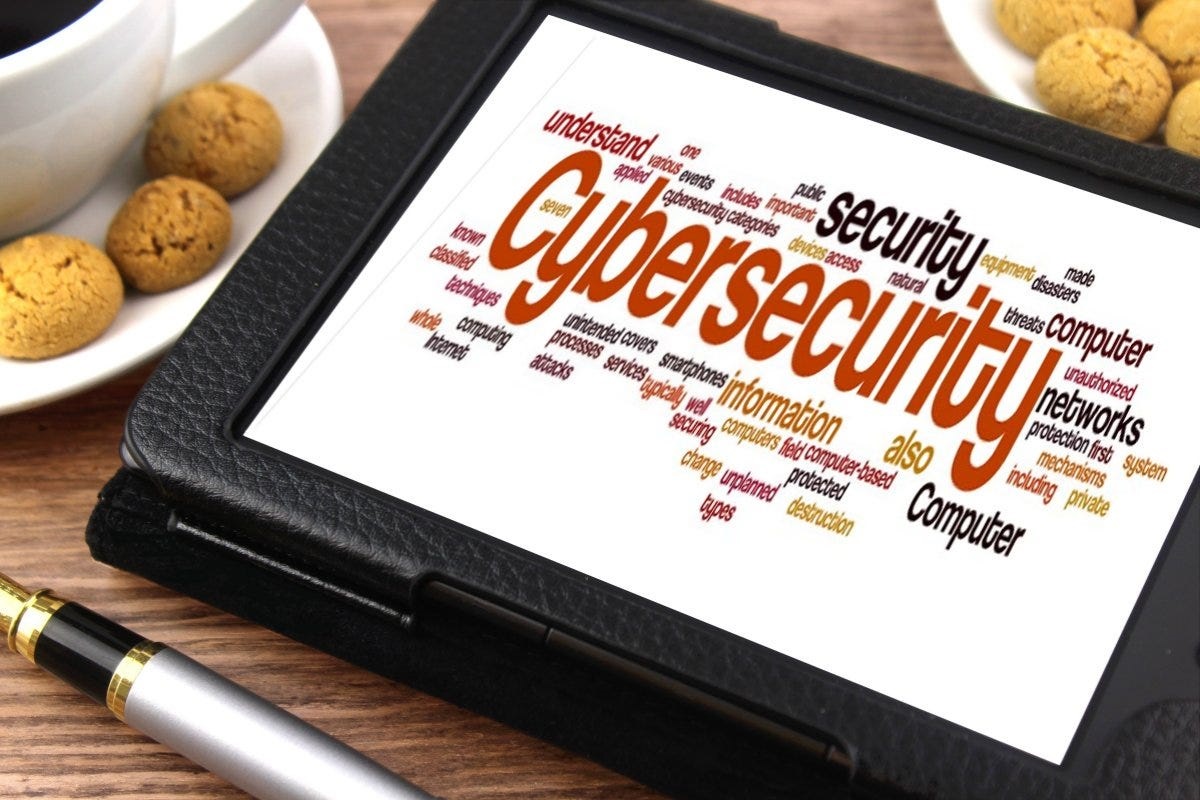
1. Public Wi-Fi: Understanding the Risks and Staying Safe
Venturing out to your local coffee shop, airport, or public library often means connecting to public Wi-Fi. It’s convenient, often free, and seemingly innocuous. However, it’s crucial to understand that when you connect to public Wi-Fi, your data may be inherently vulnerable. These networks are often less secure than your home network, making it easier for cyber-thieves to intercept your online activities and potentially access sensitive information.
Connecting to an unknown or unstable Wi-Fi network significantly elevates this risk. Think twice before joining a network you don’t recognize, or one that appears to have a weak signal, as these could be traps set by malicious actors. The anonymity of public spaces can provide a false sense of security, but the digital realm is often more exposed than we realize when using these connections.
A smarter alternative, whenever available, is to opt for cellular data. Your smartphone’s hotspot or direct cellular connection typically offers a more secure pathway for your data, as it’s encrypted and controlled by your mobile provider. This simple switch can provide a much-needed layer of protection, especially when handling any form of personal or financial information on the go.
If using public Wi-Fi is absolutely necessary, then a Virtual Private Network (VPN) becomes your indispensable ally. A VPN encrypts your internet connection, creating a secure tunnel for your data and shielding it from prying eyes on the public network. It’s an essential tool for anyone who frequently relies on public Wi-Fi for work or personal tasks, transforming an open connection into a private one.
Ultimately, it’s best to avoid websites that could expose your passwords or financial information to potential cyber-thieves when connected to public networks, even with a VPN. Online banking, shopping with saved credit cards, or logging into sensitive personal accounts should ideally be reserved for secure, private networks. When in doubt, save those truly sensitive tasks for when you’re safely back on your home Wi-Fi or using a trusted cellular connection.

2. Safeguarding Your Paper Trail: The Importance of Physical Document Security
In our increasingly digital world, it’s remarkably easy to overlook the importance of safeguarding our physical documents. We often focus so intently on internet security that the paper trail we leave behind becomes an forgotten vulnerability. However, credit card statements, bank receipts, and especially copies of tax returns are goldmines for identity thieves, even in their tangible form.
Being careless with these private documents can open a backdoor to your personal information. A discarded bank statement in the trash, or a tax return left unattended, can provide enough data for a determined fraudster to begin piecing together your identity. It’s a stark reminder that security isn’t solely about pixels and firewalls; it’s also about what you hold in your hands and how you dispose of it.
The solution is both straightforward and highly effective: securely file the copies of documents you need to keep, and diligently shred the ones you don’t. Investing in a good cross-cut shredder is a small expense that offers immense protection, turning sensitive papers into unreadable confetti. Don’t just tear or toss; make shredding a routine part of your document management.
For those documents you must retain, establish a secure filing system. This could be a locked cabinet, a secure digital scan with the physical copy shredded, or a fireproof box. The key is to keep them out of sight and out of reach of anyone who shouldn’t have access. This meticulous approach to paper management is a fundamental step in creating a comprehensive defense against identity theft, ensuring that both your digital and physical footprints are secure.
Understanding what to keep and what to discard after Tax Day is crucial. Many documents only need to be kept for a certain period, and holding onto unnecessary sensitive information simply increases your risk. A periodic review of your physical documents and a thorough shredding session can significantly reduce your exposure, turning potential liabilities into secure, managed assets.
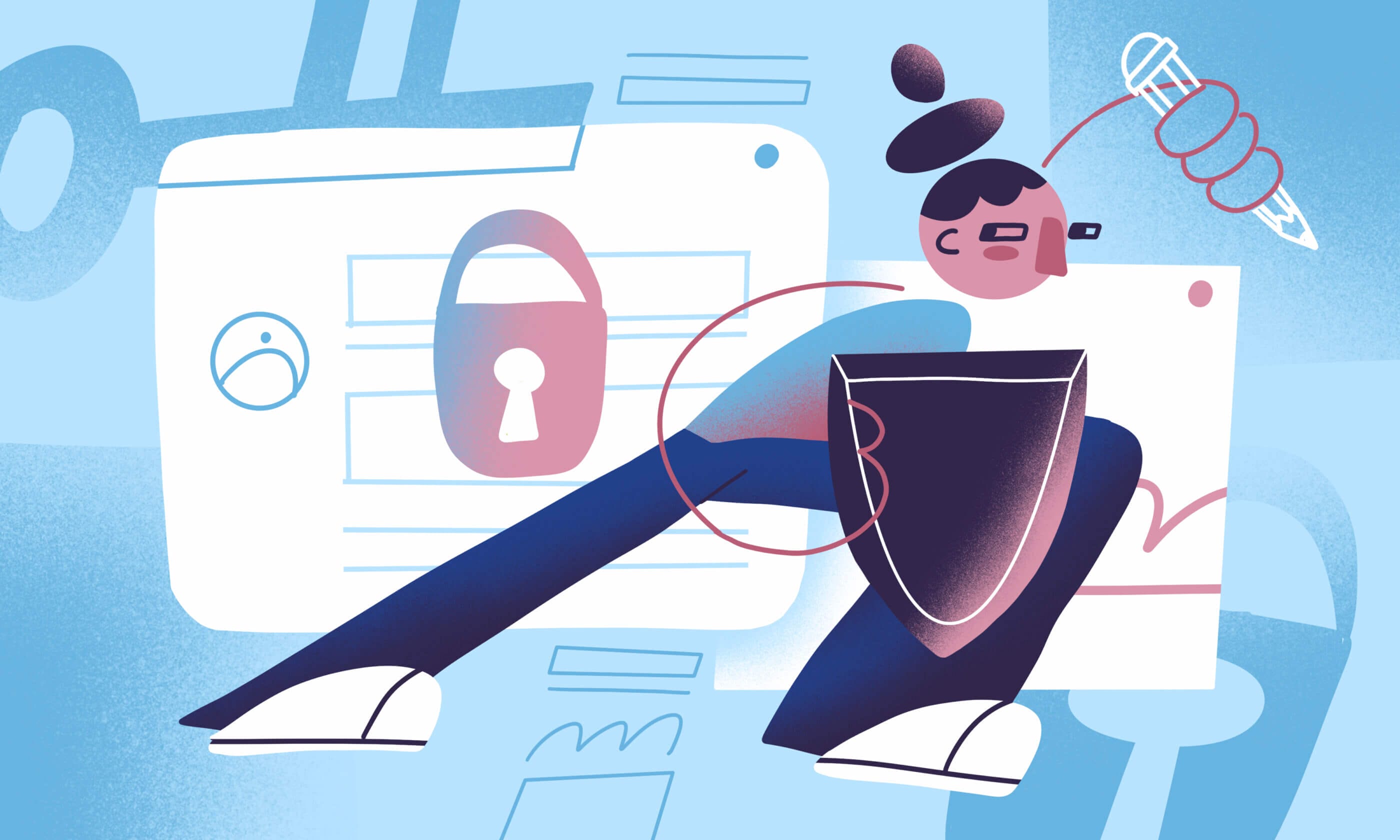
3. Keeping Your Information Current: Ensuring Your Address is Always Up-to-Date
In today’s dynamic world, mobility is the norm. It’s becoming rare for individuals to spend their entire lives in the same home; chances are, you’ll change addresses more than once throughout your adult life. While moving is often an exciting new chapter, it also presents a critical moment for potential identity theft if not handled carefully. An outdated address is an open invitation for your sensitive mail to fall into the wrong hands, providing fraudsters with a wealth of personal data.
When you relocate, it is absolutely imperative to notify all relevant parties of your new address. This includes your financial institutions, credit reporting agencies, and tax authorities. Failing to do so means that bank statements, credit card bills, and important tax documents could continue to be sent to your old address, where they might be intercepted by new residents, former landlords, or even criminals who specifically target vacant properties or old mailboxes. The risk of identity fraud through misdirected mail is substantial.
For tax purposes, updating your address with the IRS is a crucial step to protect yourself from tax fraud related to identity theft. You have a couple of straightforward options: you can file Form 8822, ‘Change of Address,’ with the IRS, which is a simple process to ensure your records are current. Alternatively, if you’re moving close to tax filing season, you can often simply use your new address on your next tax return, and the IRS will update their records accordingly. This prevents crucial tax correspondence from going astray.
Beyond financial and tax entities, don’t forget to file a change of address with the U.S. Postal Service. This service helps reroute your mail, but it’s not foolproof for all types of correspondence, especially official documents that might not be automatically forwarded. Taking this step helps catch any mail that might slip through the cracks, adding another layer of security to your transition. Diligence in updating your address across all platforms is a simple yet powerful defense against identity thieves seeking to exploit changes in your living situation.
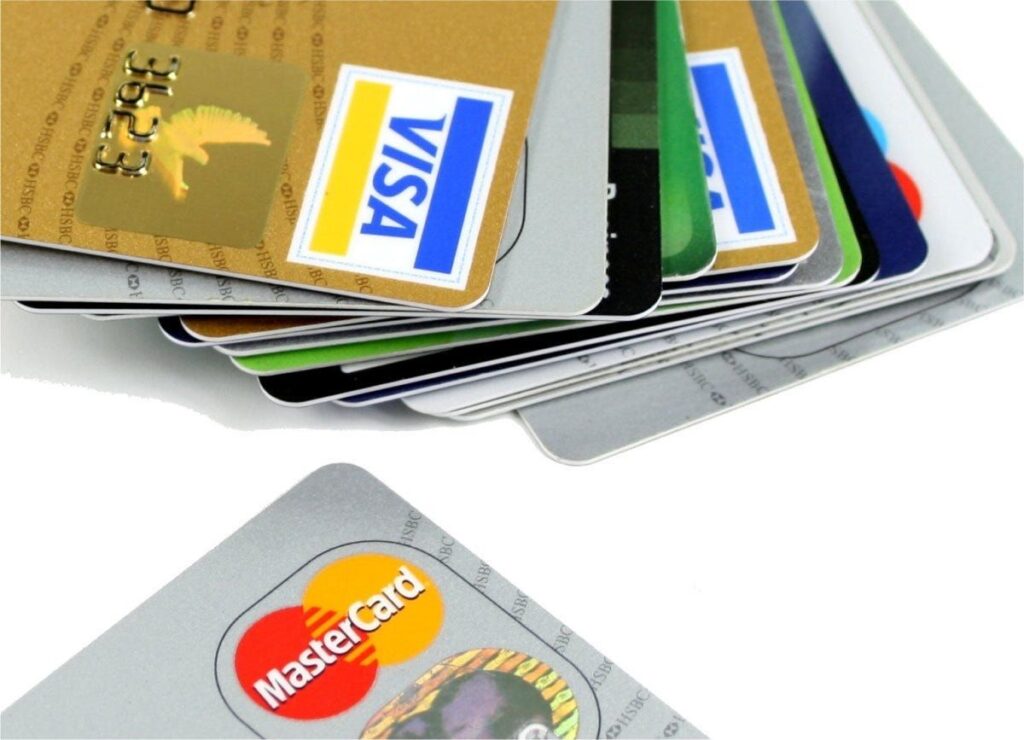
4. Vigilant Monitoring: How to Scrutinize Your Bank and Credit Card Statements
One of the most proactive and effective ways to detect identity theft early is to consistently and thoroughly monitor your financial accounts. Many people glance at their bank and credit card statements without truly scrutinizing the details, but this casual approach can be a significant oversight. Identity thieves often start with small, seemingly insignificant transactions to test the waters before moving on to larger, more damaging activities. Catching these early signs is paramount.
It should become a regular habit to check your accounts to ensure that you recognize every single transaction listed. Don’t just look at the total balance; dive into the itemized list of purchases and withdrawals. Be on the lookout for anything that seems unfamiliar, out of place, or simply doesn’t ring a bell. Even minor discrepancies can be red flags indicating that your account has been compromised, and catching them quickly can prevent further financial damage.
If you do spot any suspicious activity, immediate action is critical. Do not hesitate to report it to your bank or credit card company without delay. Most financial institutions have dedicated fraud departments and established procedures for investigating and resolving unauthorized transactions. Acting quickly increases the chances of recovering any lost funds and preventing additional fraudulent charges from occurring. Many banks also offer alerts for unusual activity, which can be an excellent tool to supplement your manual reviews.
Beyond outright fraudulent charges, it’s also wise to double-check any transactions that you don’t immediately remember making. Sometimes, a legitimate purchase might simply slip your mind, or a recurring subscription might have a slightly different merchant name than expected. Take a moment to investigate these rather than dismissing them. A quick search or a call to the merchant can clarify the situation, ensuring that every penny spent from your accounts is indeed authorized by you. This level of vigilance transforms you from a potential victim into an active guardian of your own finances.
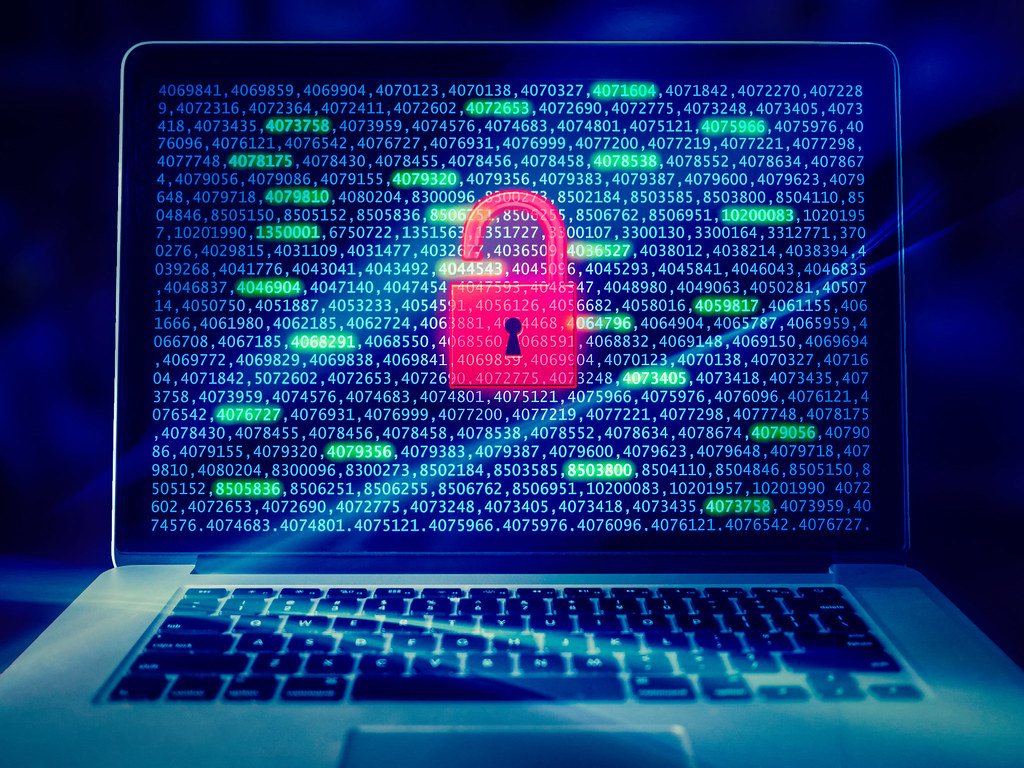
5. Online Data Minimalism: The Art of Not ‘Giving Away the Store’
In the digital age, companies conducting business online have an insatiable appetite for your data. This isn’t necessarily malicious; from their perspective, more data helps them make more informed marketing decisions, personalize experiences, and ultimately, drive sales. However, what’s good for their business isn’t always good for your personal security. Every piece of personal information you provide online, no matter how trivial it seems, contributes to a larger digital profile that could be exploited if it falls into the wrong hands.
When you’re making purchases, signing up for newsletters, or interacting with various online services, it can be tempting to fill out every field in a form. However, a key strategy for protecting your identity is to practice online data minimalism. Only provide the information that the company truly needs to complete the transaction or provide the requested service. If a field isn’t marked as mandatory, consider leaving it blank. You are not obligated to share all of your information, especially data that seems irrelevant to the task at hand.
Before you opt in to provide personal information, whether it’s your email address for a newsletter or more extensive details for an account, always take a moment to check the site’s privacy policy. This often-overlooked document will detail how your information may be collected, stored, and, critically, how it may be shared with other companies. Understanding these policies empowers you to make informed decisions about what data you’re comfortable releasing into the digital ecosystem.
Thanks to increased privacy policies in regions like Europe and in some states within the U.S., most reputable websites are now required to disclose how they handle and share your personal information. This transparency is a powerful tool for consumers, enabling you to assess the risk before you click ‘submit.’ Pay attention to clauses about third-party sharing, data retention, and how you can request your data be deleted. If a privacy policy seems vague, overly permissive, or hard to find, it might be a sign to reconsider sharing your personal details with that particular entity. Being discerning about where and what you share online is a fundamental pillar of modern identity protection.” , “_words_section1”: “1940
Having established a strong foundation with our initial five strategies, it’s time to elevate your defense. Identity thieves are constantly evolving their tactics, which means our protection strategies must also become more sophisticated and proactive. This next set of tips focuses on digital fortresses and clever maneuvers to outsmart even the most determined fraudsters, ensuring your personal information remains tightly under your control. Let’s delve into advanced measures that add impenetrable layers to your identity protection.
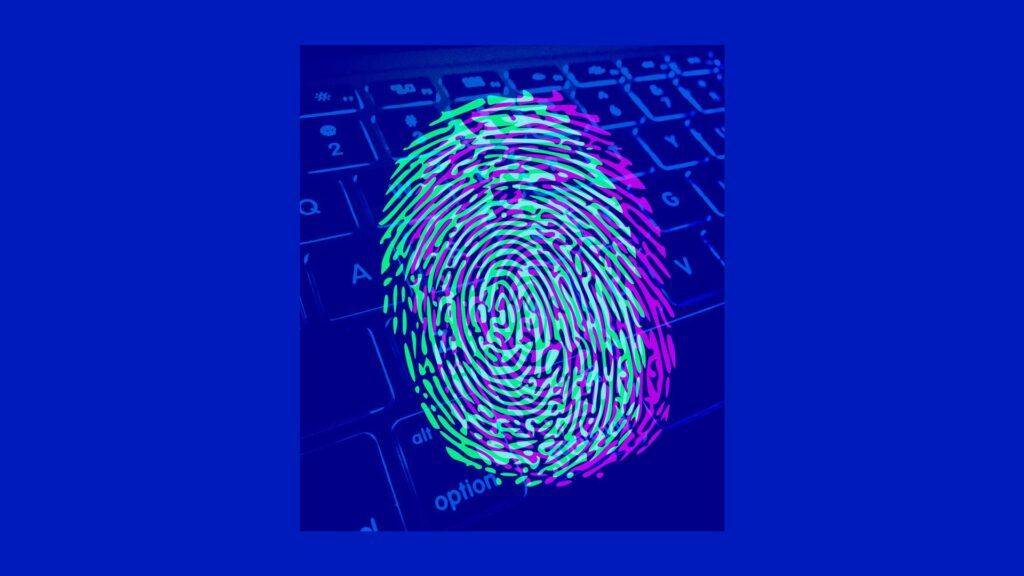
6. Smart Passwords: Crafting and Managing Your Digital Keys
In our digitally saturated lives, managing passwords can feel like an unending chore. The temptation to cut corners, reusing the same familiar password across countless sites or choosing easily guessable combinations, is strong. Yet, this is precisely where many digital defenses crumble. A single compromised password can be the skeleton key to your entire online life, unlocking a cascade of financial and personal vulnerabilities that identity thieves are all too eager to exploit.
The cornerstone of digital security is the secure password. This means moving beyond simple words or birthdays and creating complex, unique sequences of characters for each account. Regularly updating these passwords is also crucial; think of it as changing the locks on your digital doors periodically. If you find yourself struggling to conjure up genuinely strong and unique passwords, embrace the power of a password generator – it’s a simple tool that does the heavy lifting for you, creating uncrackable combinations.
Perhaps the most critical rule in password hygiene is avoiding repetition. Using the same password for multiple sites, or even slight variations like adding an exclamation mark to an old password, drastically weakens your overall security. Identity thieves often gain access to lists of usernames and passwords from one data breach and then try those same credentials on hundreds of other popular websites. If you’ve reused passwords, you’ve just handed them the keys to everything.
Recognizing that managing dozens of unique, complex passwords can be daunting, technology offers a robust solution: the password manager. These tools securely store all your login credentials behind a single, master password. They can generate strong passwords for you, automatically fill them in on websites, and even alert you to compromised passwords. Embracing a password manager transforms password management from a headache into a seamless, highly secure process, making you an active guardian of your digital identity.
7. Multi-Factor Authentication: Adding Layers of Security to Your Accounts
Even the strongest password can, in theory, be guessed, cracked, or stolen. This is why multi-factor authentication (MFA) has become an indispensable layer of modern digital security. MFA is a sign-in process that demands more than just a password; it requires an additional step or action to verify your identity, creating a much higher barrier for anyone trying to gain unauthorized access to your accounts. Think of it as adding a deadbolt to a locked door – an extra, vital layer of protection.
This additional step typically involves something only you possess or can readily access. It might be entering a unique, time-sensitive code sent to your phone via text message or generated by an authenticator app. Sometimes, it could involve biometric verification, like a fingerprint or facial scan. The core principle is that even if a fraudster manages to steal your password, they won’t be able to log in without that second piece of information, effectively rendering your stolen password useless to them.
Financial institutions and federal agencies, including the IRS, are increasingly mandating or strongly recommending the use of MFA for accessing online accounts, and for very good reason. They understand the heightened threat landscape and the need for more robust security measures to protect sensitive personal and financial data. When these organizations give you the option to enable MFA, it’s not a suggestion; it’s a critical opportunity to significantly fortify your account’s defenses.
Whenever you are given the opportunity to enable multi-factor authentication, seize it. It is one of the most effective and straightforward ways to elevate your online security. While it might add a few extra seconds to your login process, that minimal inconvenience is a small price to pay for the peace of mind and enhanced protection it provides against sophisticated identity theft attempts. Make it a standard practice for all your important online accounts.

8. Navigating Social Media Landmines: The Hidden Dangers of Games and Memes
Social media is a vibrant space for connection, entertainment, and sharing. We all love a good quiz or meme—who wouldn’t want to know which Disney princess they are or what their Bridgerton name would be? These seemingly innocent online interactions are part of the fun. However, within this playful digital landscape lie hidden dangers that identity thieves skillfully exploit, turning casual engagement into a potential security breach.
The peril arises when these games, quizzes, or memes start requesting specific pieces of personal information. Questions about your mother’s maiden name, your first pet’s name, or the street you grew up on might appear harmless, framed as part of a fun, personality-revealing exercise. Yet, these are not just random queries; they are often designed to gather “out-of-wallet” information—details that are commonly used as security questions for online accounts or as hints to reset passwords.
Fraudsters meticulously collect these seemingly innocuous data points. Individually, they might seem insignificant. But when pieced together, they form a crucial puzzle for an identity thief. If they know your first pet’s name and your mother’s maiden name, they could use that information to bypass security questions on your bank account, email, or other sensitive online services, gaining unauthorized entry to your most private digital spaces.
The critical takeaway here is to exercise extreme caution. Before you eagerly click to reveal your “pirate name” or “spirit animal,” take a moment to evaluate the questions being asked. If any prompt for information that could be used to identify you or answer a security question, think very hard before clicking. The momentary fun is absolutely not worth the potentially devastating consequences of giving away the keys to your personal and financial security on social media. It’s always best to be stingy with such details and never share them publicly.
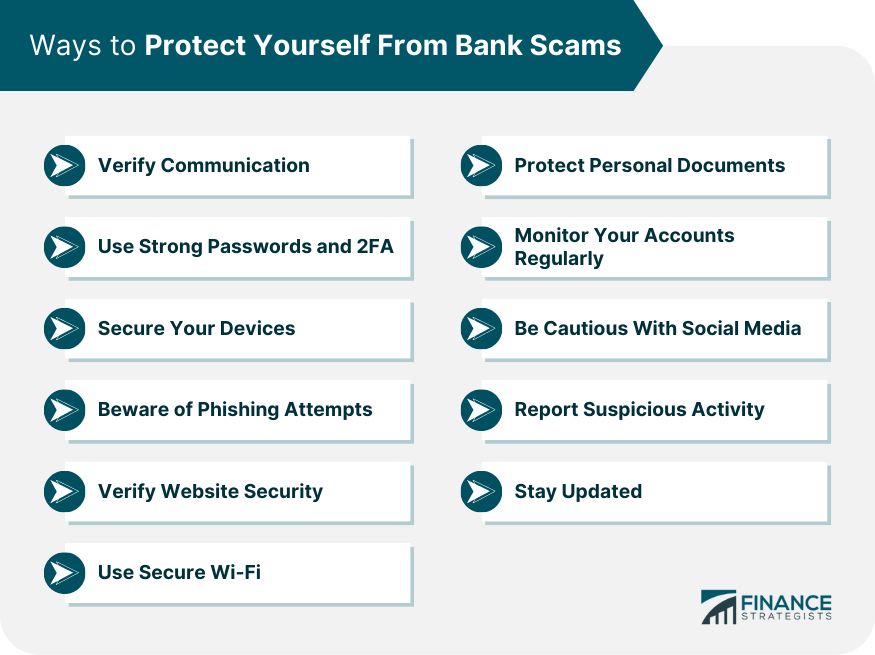
9. Phishing Prevention: Spotting and Avoiding Common Online Scams
Phishing remains one of the most prevalent and insidious forms of identity theft, largely because it preys on trust and urgency. This scam typically manifests as an unsolicited email, or sometimes a text message, designed to trick you into clicking on a malicious link or opening a compromised attachment. The goal is to either install malware on your device or direct you to a fake website where you’re prompted to surrender sensitive personal information under false pretenses.
The deceptive brilliance of phishing lies in its appearance. These fraudulent messages are often crafted to look incredibly legitimate, seemingly originating from companies or federal agencies you know and trust. Imagine receiving an email that looks precisely like it’s from your bank, credit card company, the IRS, or the Social Security Administration (SSA). The logos, fonts, and even the language can be eerily convincing, designed to bypass your initial skepticism and create a sense of urgency or concern.
However, there are clear red flags. A crucial warning sign is any link in such an email that leads to a website asking for your personal information. Legitimate organizations typically do not ask for sensitive details like your Social Security Number, bank account numbers, or passwords via email. Clicking these links can take you to a replica site controlled by the fraudsters, where any information you enter is immediately captured and used against you.
Your defense strategy is multi-pronged and essential. Firstly, avoid clicking on suspicious links at all costs. If you receive an email from an entity that claims to need your personal data, do not use any links provided in the email. Instead, if you genuinely need to access a specific site, log out of any questionable links, open a new browser window, and navigate directly to the official website by typing its known address into your browser. This bypasses any potential redirects or fake sites.
Crucially, remember that the IRS will *never* reach out to you via email, phone, or text message to discuss your account, demand immediate payment, or ask for sensitive personal information. Any such contact is a scam. Being aware of these policies and practicing extreme vigilance are your best weapons against falling victim to these deceptive online schemes.
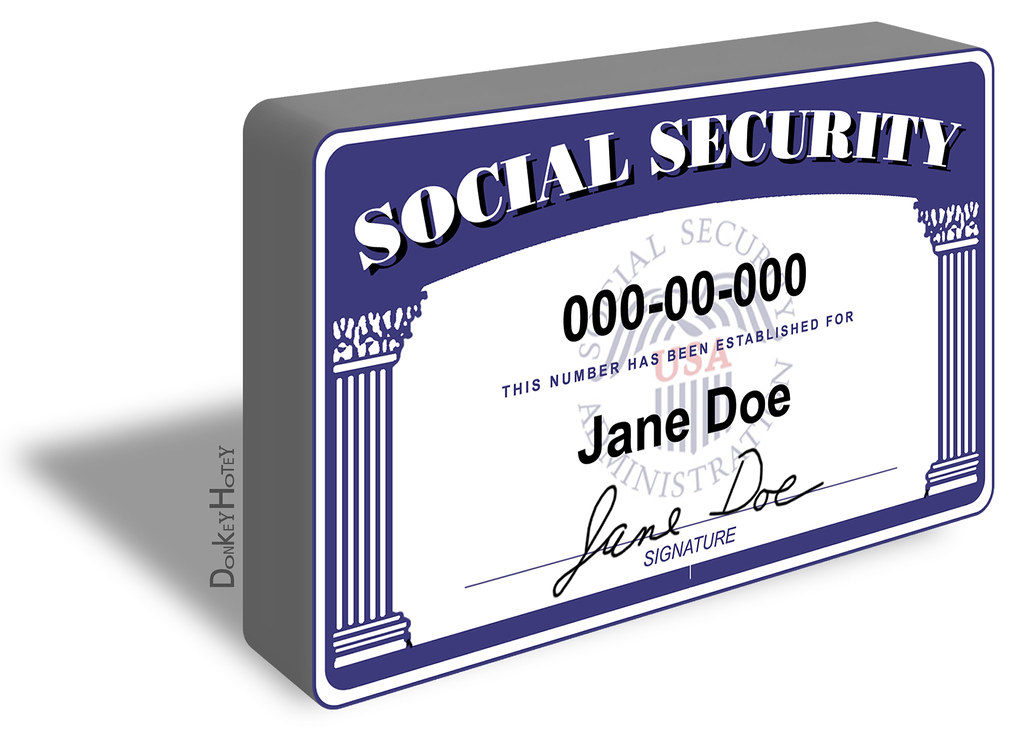
10. Protecting Your Most Valued Number: Being Stingy with Your Social Security Number
The Social Security Number (SSN) is arguably the most valuable piece of personal information an identity thief can acquire. It has become a top target because it acts as an almost universal identifier in the United States. With your SSN, fraudsters can open new lines of credit, file fraudulent tax returns, gain access to existing accounts, and generally wreak havoc on your financial life. Its compromise is often the most difficult form of identity theft to recover from.
Over the decades, the SSN has transformed from its original, specific purpose into a de facto national personal identification number. It is requested and used in countless scenarios: at the doctor’s office, for school enrollment, when opening bank accounts, applying for loans, and even sometimes during the hiring process for employment. This widespread use has elevated its significance far beyond its initial intent, making its protection paramount.
However, the reality is that the Social Security number was initially intended to be nothing more than a way of identifying workers and other qualifying individuals solely for the purposes of Social Security benefits. Its current ubiquitous application was not foreseen, leading to a situation where it is often requested by companies not because it is strictly necessary, but simply because it has become a convenient, universal identifier.
Before you instinctively provide your Social Security Number, especially to private companies or for non-governmental services, pause and consider: is it truly necessary for this particular transaction or service? Many businesses ask for your SSN out of habit or convenience, not out of legal necessity. Do not hesitate to ask if there’s an alternative identifier you can use, or if providing the SSN is genuinely required. Being stingy with your Social Security Number is a fundamental, empowering act of self-protection. Keep it close, and share it only when absolutely unavoidable and with trusted entities.
Armed with these comprehensive strategies, you are no longer just reacting to threats; you are proactively building an unyielding defense against identity theft. From securing your online connections and physical documents to mastering password management and discerning social media traps, every step you take reinforces your personal security. Remember, continuous vigilance and the consistent application of these practices are your most powerful tools in safeguarding your financial well-being during tax season and beyond. Taking control of your information, one smart decision at a time, empowers you to navigate the digital world with confidence and peace of mind.




